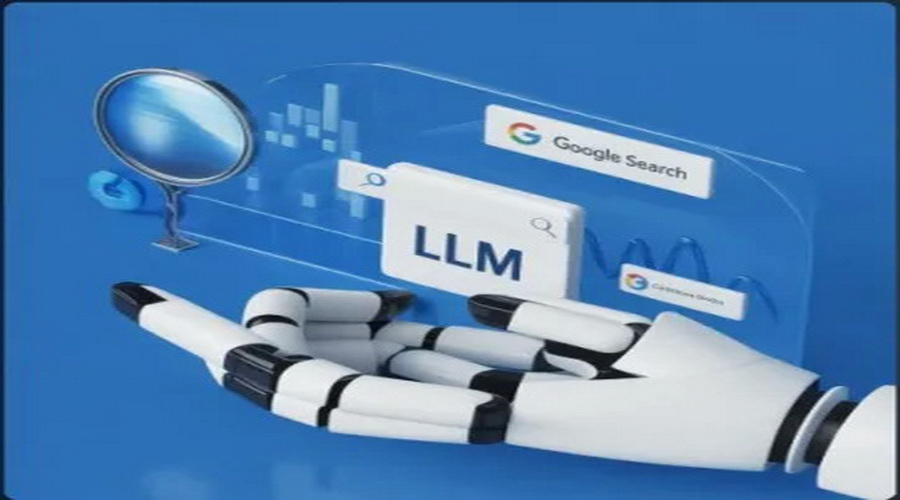
The last year has been a tough year for all businesses. Headlines have often focused on the devastating impact of the pandemic on particular sectors including the retail and hospitality sectors, and it is sometimes incorrectly assumed that technology companies have walked away unscathed.
However, the drone industry has been fraught with challenges: disruption to supply chains and a significant drop in demand and investment are just a few examples. Despite a tough year, drones remain a familiar aspect of life and work in the UK. Drones play a vital role in industries across the country ranging from emergency services, construction, and agriculture.
Whilst vaccine roll-outs have caused significant optimism across the world, drone companies are continuing to feel squeezed in the current economic climate. Given that life will not spring back to normal overnight, it is vital that businesses make the most of the support on offer.
Aside from the temporary schemes in place to support businesses during the pandemic, there are well-established Government incentives that SMEs can utilise to regain cash that has already been spent. One scheme that is often underutilised is R&D tax relief, which enables companies to recoup costs from innovation – whether it is successful or not.
The phrase R&D tends to put off many businesses, but it is not as complex as it may seem. Any tweaks to current processes, logistics, staffing and equipment, to make a business more cost or time efficient, developing new or improved products or to improve sales count are potentially eligible. They also do not need to be successful – even trying new things can constitute innovation for the purpose of the scheme. Within the drone industry, developing and integrating software platforms is often a popular innovation which falls under the scheme. Enhancing data recording or storage, connecting electrical systems such as GPS and improving the battery life are all also recognised by the scheme.
Impressively, the delivery process normally takes only 3-4 weeks, at which stage the technical report is submitted to HMRC. If a professional, expert partner is used, the time investment from the client on each application is often as little as 4-6 hours across the process.
One claiming company, Real Wireless, explained that “in terms of the financial benefit, the R&D tax refund we received was really nice to have. As an SME we expect to have made a profit each year and it is good to avoid having to pay large corporation tax bills on this profit. By using the scheme, we retain this cash, and we can invest it back into the business.”
Figures released by HRMC showed that businesses across the UK claimed an incredible £84,548 on average in 2017/18, an increase in claims by 15% to £5.1bn on the previous year and so far for 2018/19 the average claim value stood at £90,132 in October and there are still months left to apply. This represents a total of £5.3bn of claims so far with the final total expected to exceed £6.3bn.
The full potential of drone application has hardly been reached. With only 76,000 drones operating in UK skies, the industry is set to continue its rapid growth. For the industry to continue to go from strength to strength, drone companies across the country must utilise the support and incentives on offer. Once they do, more can be invested in the manufacturing and development of new drone technologies.








